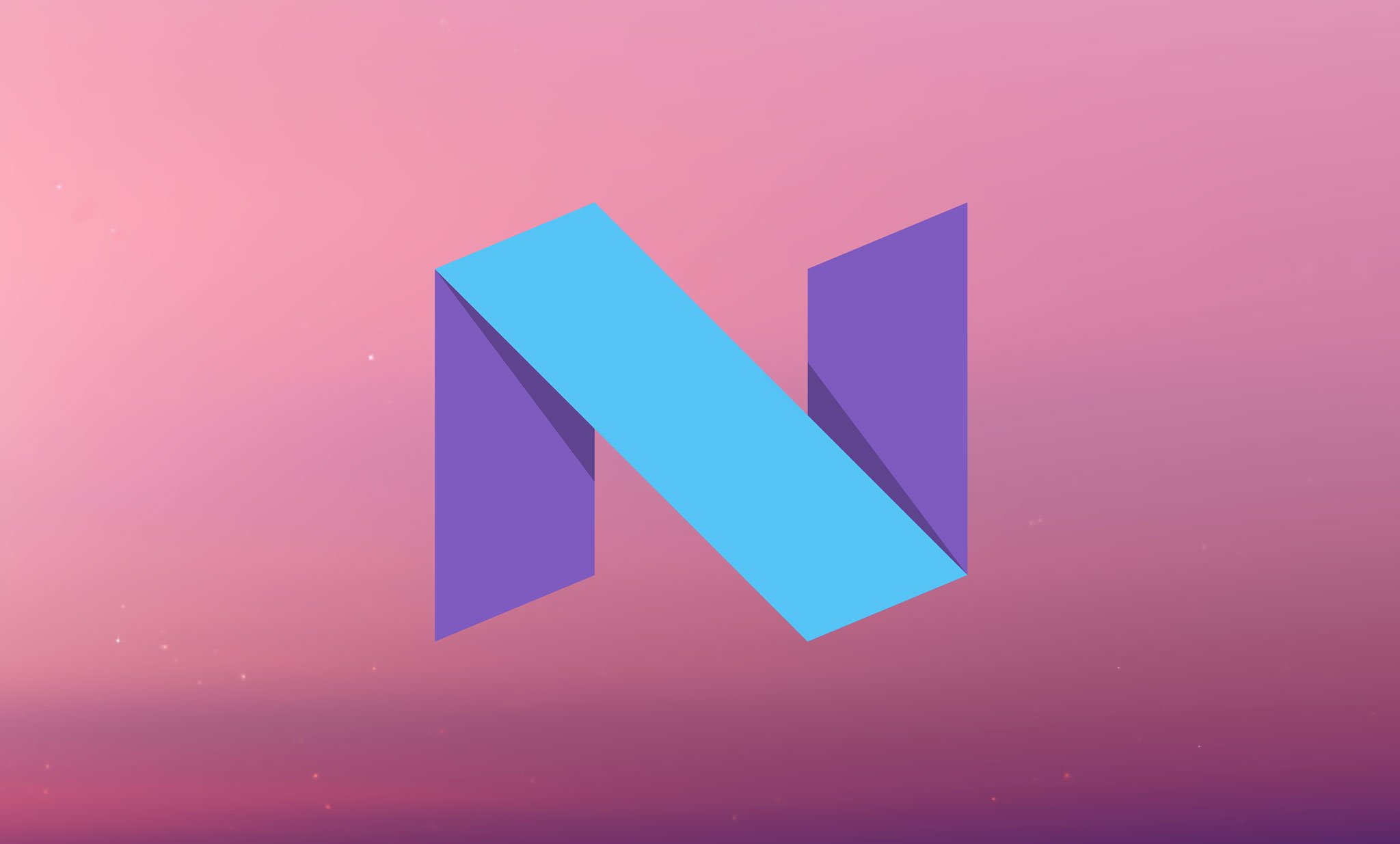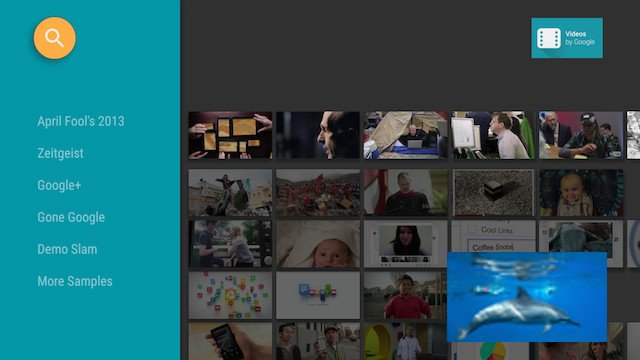***ANDROID N FEATURES***
Google working on their new android version i.e Android N (version 7.0).Recently google released Android N developer preview for NEXUS devices(Nexus 6P, Nexus 5X, Nexus 6, Pixel C, Nexus 9 and Nexus Player,Android one 4g).If you have these devices you can taste Android N.
click here for download developer build
Some features of new Android N
- Multi-window support
 In Android N, we're introducing a new and much-requested multitasking feature into the platform — multi-window support.
In Android N, we're introducing a new and much-requested multitasking feature into the platform — multi-window support.
Users can now pop open two apps on the screen at once.On phones and tablets running Android N, users can run two apps side-by-side or one-above-the-other in splitscreen mode. Users can resize the apps by dragging the divider between them.On Android TV devices, apps can put themselves in
picture-in-picture mode, allowing them to continue showing content while the user browses or interacts with other apps.
2.Notification enhancements
In Android N we've redesigned notifications to make them easier and faster to use. Some of the changes include:
- Template updates: We're updating notification templates to put a new emphasis on hero image and avatar. Developers will be able to take advantage of the new templates with minimal adjustments in their code.
- Bundled notifications: The system can group messages together, for example by message topic, and display the group. A user can take actions, such as Dismiss or Archive, on them in place. If you’ve implemented notifications for Android Wear, you’ll already be familiar with this model.
- Direct reply: For real-time communication apps, the Android system supports inline replies so that users can quickly respond to an SMS or text message directly within the notification interface.
- Custom views: Two new APIs enable you to leverage system decorations, such as notification headers and actions, when using custom views in notifications.
- To learn how to implement the new features, see the Notifications guide.
3.Profile-guided JIT/AOT compilation
In Android N, we've added a Just in Time (JIT) compiler with code profiling to ART, which lets it constantly improve the performance of Android apps as they run. The JIT compiler complements ART's current Ahead of Time (AOT) compiler and helps improve runtime performance, save storage space, and speed up app updates and system updates.
Profile-guided compilation lets ART manage the AOT/JIT compilation for each app according to its actual usage, as well as conditions on the device. For example, ART maintains a profile of each app's hot methods and can precompile and cache those methods for best performance. It leaves other parts of the app uncompiled until they are actually used.
Besides improving performance for key parts of the app, profile-guided compilation helps reduce an app's overall RAM footprint, including associated binaries. This feature is especially important on low-memory devices.
ART manages profile-guided compilation in a way that minimizes impact on the device battery. It does precompilation only when then the device is idle and charging, saving time and battery by doing that work in advance.
4.Quick path to app install
One of the most tangible benefits of ART's JIT compiler is the speed of app installs and system updates. Even large apps that required several minutes to optimize and install in Android 6.0 can now install in just a matter of seconds. System updates are also faster, since there's no more optimizing step.
5.Doze on the go...
Android 6.0 introduced Doze, a system mode that saves battery by deferring apps' CPU and network activities when the device is idle, such as when it's sitting on a table or in a drawer.
Now in Android N, Doze takes a step further and saves battery while on the go. Any time the screen is off for a period of time and the device is unplugged, Doze applies a subset of the familiar CPU and network restrictions to apps. This means users can save battery even when carrying their devices in their pockets.A short time after the screen turns off while the device is on battery, Doze restricts network access and defers jobs and syncs. During brief maintenance windows, applications are allowed network access and any of their deferred jobs/syncs are executed. Turning the screen on or plugging in the device brings the device out of Doze.
When the device is stationary again, with screen off and on battery for a period of time, Doze applies the full CPU and network restrictions on
PowerManager.WakeLock,
AlarmManager alarms, and GPS/Wi-Fi scans.
The best practices for adapting your app to Doze are the same whether the device is moving or not, so if you already updated your app to gracefully handle Doze, you're all set. If not, start
adapting your app to Doze now.
6.Data Saver
Over the life of a mobile device, the cost of a cellular data plan typically exceeds the cost of the device itself. For many users, cellular data is an expensive resource that they want to conserve.
Android N introduces Data Saver mode, a new system service that helps reduce cellular data use by apps, whether roaming, near the end of the billing cycle, or on a small prepaid data pack. Data Saver gives users control over how apps use cellular data and lets developers provide more efficient service when Data Saver is on.
When a user enables Data Saver in Settings and the device is on a metered network, the system blocks background data usage and signals apps to use less data in the foreground wherever possible — such as by limiting bit rate for streaming, reducing image quality, deferring optimistic precaching, and so on. Users can whitelist specific apps to allow background metered data usage even when Data Saver is turned on.
7.Quick Settings Tile API
Quick Settings is a popular and simple way to expose key settings and actions, directly from the notification shade. In Android N, we've expanded the scope of Quick Settings to make it even more useful and convenient.
We've added more room for additional Quick Settings tiles, which users can access across a paginated display area by swiping left or right. We've also given users control over what Quick Settings tiles appear and where they are displayed — users can add or move tiles just by dragging and dropping them.
For developers, Android N also adds a new API that lets you define your own Quick Settings tiles to give users easy access to key controls and actions in your app.
Quick Settings tiles are reserved for controls or actions that are either urgently required or frequently used, and should not be used as shortcuts to launching an app.
Once you’ve defined your tiles, you can surface them to users, who can add them to Quick Settings just by drag and drop.
8.TV Recording
TV input services let the user pause and resume channel playback via time-shifting APIs. Android N expands on time-shifting by letting the user save multiple recorded sessions.
Users can schedule recordings in advance, or start a recording as they watch a program. Once the system has saved a recording, the user can browse, manage, and play back the recording using the system TV app.
If you want to provide recording functionality for your TV input service, you must indicate to the system that your app supports recording, implement the ability to record programs, handle and communicate any errors that occur during recording, and manage your recorded sessions.
9.Direct boot
Direct boot improves device startup times and lets registered apps have limited functionality even after an unexpected reboot. For example, if an encrypted device reboots while the user is sleeping, registered alarms, messages and incoming calls can now continue notify the user as normal. This also means accessibility services can also be available immediately after a restart.
Direct boot takes advantage of file based encryption in Android N to enable fine grained encryption policies for both system and app data. The system uses a device-encrypted store for select system data and explicitly registered app data. By default a credential-encrypted store is used for all other system data, user data, apps, and app data.
At boot, the system starts in a restricted mode with access to device-encrypted data only, and without general access to apps or data. If you have components that you want to run in this mode, you can register them by setting a flag in the manifest. After restart, the system activates registered components by broadcasting theLOCKED_BOOT_COMPLETED intent. The system ensures registered device-encrypted app data is available before unlock. All other data is unavailable until the User confirms their lock screen credentials to decrypt it.
For more information, see Direct Boot.
We expecting Android N name * NUTELLA* ?What do you think guys Nutella is good name?
-------------------------------------------------------X----------------------------------------------------------














